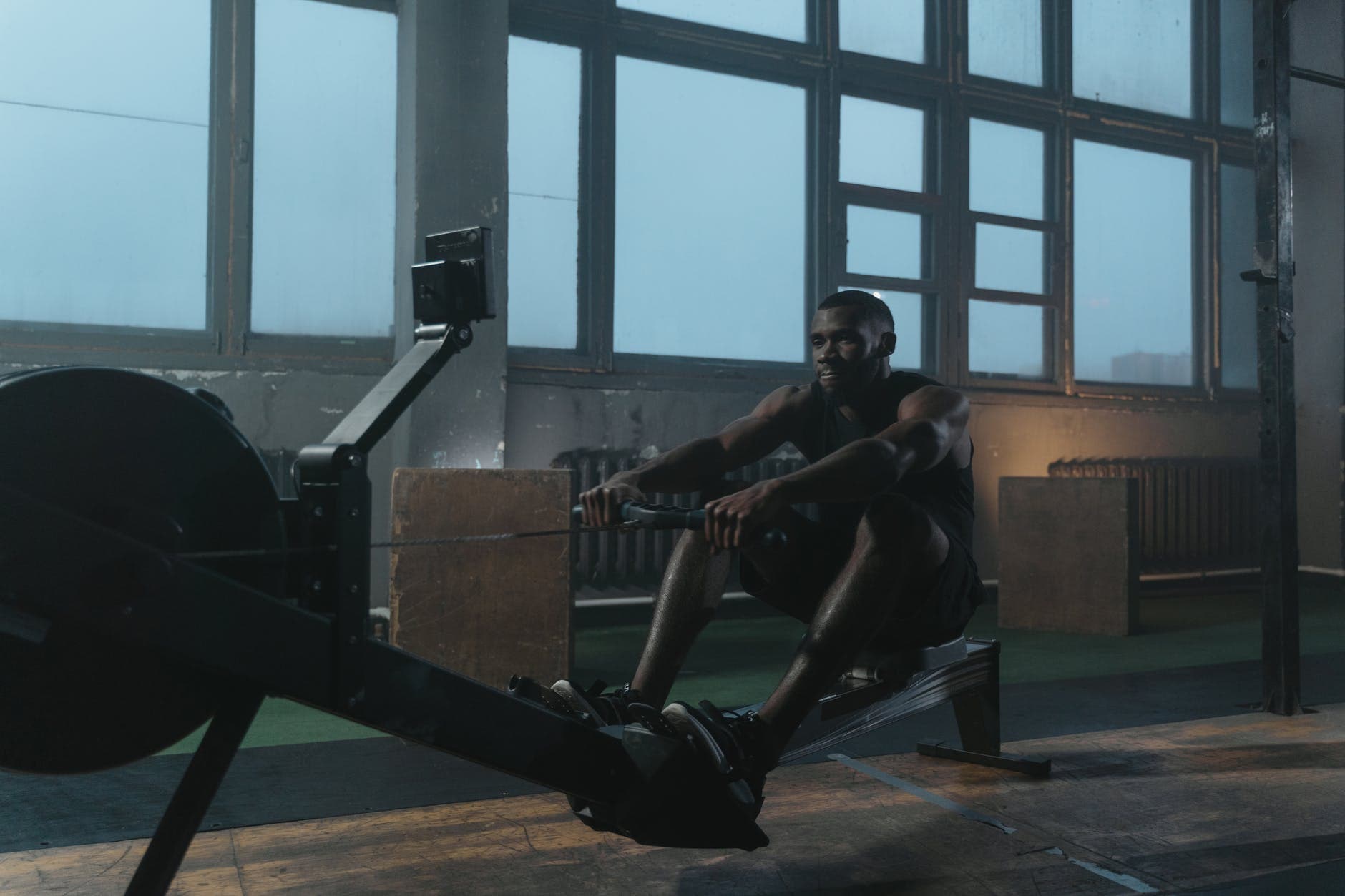
Rowing machines offer many mental and physical benefits; from improving cardiovascular endurance and building strength throughout the body to boosting sleep quality and enhancing mood, this full-body workout is a wonderful option for everyone from novice exercisers to elite athletes.
Benefits of a Rowing Machine
While you’re able to increase your heart rate and strengthen your muscles through various other activities within a fitness center, a rowing machine allows you to do all of this and more – all while being a low-impact exercise. This means that you’ll still be reaping the benefits of a powerful cardiovascular workout while also reducing the pounding that you’d experience if you chose an exercise like running or jumping.
A lower impact cardio option like the rowing machine also means that many people can use it! Those training for different sports, doing active recovery, or even warming up for physical therapy exercises are all able to use the rowing machine to increase heart rate, build endurance, and even increase explosive power.
With all of the benefits of a rowing machine, it can undoubtedly be a popular piece of fitness equipment – but how do you know what type of rower to use?
What Types of Rowers Are Available?
Currently, there are four different types of resistance mechanisms in rowing machines on the market. These include hydraulic rowers, magnetic rowers, water rowers, and air/flywheel rowers. These four types of rowers offer different types of resistance, while the actual biomechanics of the person rowing essentially stays the same.
You might not think it’s a big deal that rowers have different types of resistance. Still, it can be valuable information depending upon your goals, preferred noise levels, and how often you want to service your rower to increase and maintain its longevity. Let’s take an in-depth look at each type of resistance!
Hydraulic Rowers
These rowers are typically cheaper than the other three options and use pistons that fill with air to make resistance for the rower. This means that the harder you row, the harder the resistance will become. Note that many hydraulic rowers don’t have a seat that slides, so much of the work is done through the upper body and not so much the legs – so if you want a full-body workout that mimics rowing outside on the water, this type of rower isn’t what you want.
On the flip side, hydraulic rowers are very lightweight and are easily folded for quick storage if necessary. They’re usually very quiet as well if you’re concerned about waking anyone during an early morning rowing session.
Magnetic Rowers
Magnetic rowers utilize the power of magnets to create the desired resistance on a rowing machine. You can adjust your resistance level with this type of rower, as the challenge of rowing becomes more intense as the magnets either get closer to one another or closer to a flywheel, depending on the type of magnetic rower you’re using.
These rowers are often more expensive than the norm and can be hard to come by, even in a fitness center. However, if you do get your hands on one, you’ll notice that they are reticent. Keep in mind that with this silence of the magnets comes a larger footprint, so if you’re short on space within your home, a magnetic rower might not be what you’re looking for.
Water Rowers
A water rower uses just that for creating resistance – water! This type of rowing machine comes with a tank that you fill with water, and the pedals or flywheel within the tank generate the sensation of rowing through actual water. The faster you row, the more resistance you’ll feel as the pedals move through the water.
These rowers are more expensive and require more upkeep to maintain a clean tank. Even with the cost and larger footprint, these machines are quiet – all you hear is the motion of the water in the tank – and can give you a decent feeling of rowing outside, which is perfect if you’re training for a race or wanting to row outdoors eventually. Space also needs to be considered with a water rower since the tank can be pretty hefty.
Air/Flywheel Rowers
Flywheel rowers, also known as air rowers, are what you’ll commonly see in most commercial and corporate fitness centers. These rowers also use pedals to create resistance; the user can set the desired resistance level, and then when the handle is pulled, air moves around the flywheel using the interior pedals.
The harder you row, the more resistance is created. Air rowers are typically middle of the road in price, although you’ll sacrifice some of the quiet that is boasted upon by the other rowing types. These rowers can also be stored upright and rolled away if needed, so if space is an issue, these are light enough to be moved around.
Bottom Line
It can be overwhelming to determine which type of rower might be best for you – after all, you might not have known that there are four different ways to create resistance with these machines! Either way, you’re sure to find a rower that fits your needs!
Take into account your budget, space, sound level preferences, and overall fitness goals before deciding on one – and if possible, try one out before buying to ensure that you’re getting the proper fit for what you want in a rowing machine.
